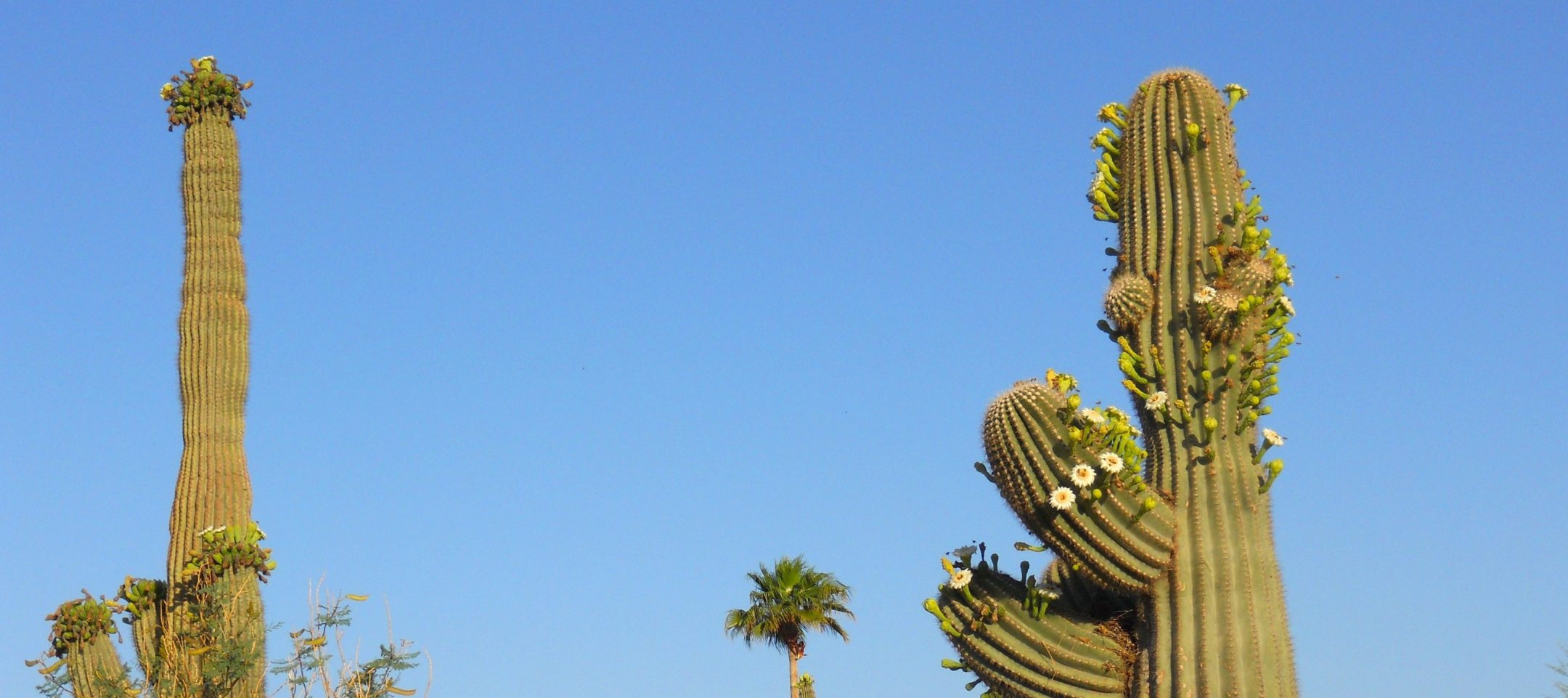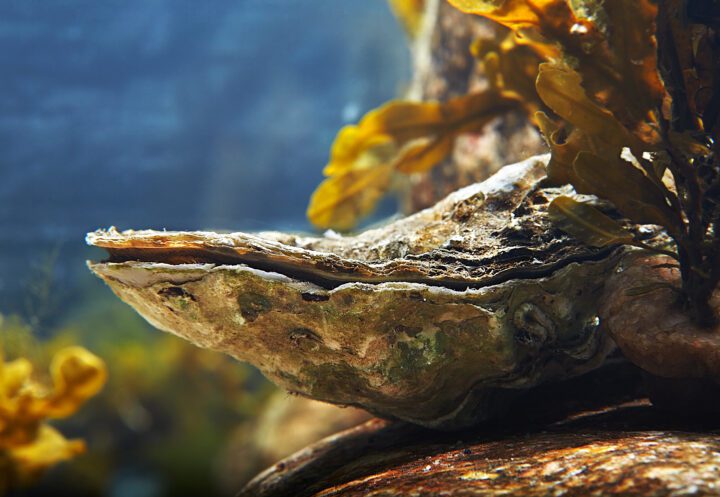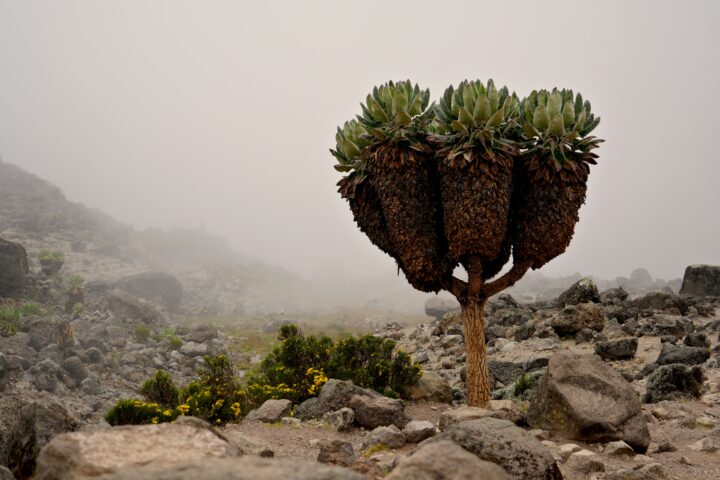Cacti sequester atmospheric carbon dioxide by converting it to oxalate and combining it with soil-derived calcium ions which ultimately lead to the formation of solid calcium carbonate.
Through the process of , plants remove carbon dioxide from the atmosphere and use it to build all the carbon-based compounds it needs for structure and function. When most plants die, these carbon-based compounds break down into their constituent components with a re-release of carbon dioxide back into the atmosphere. Saguaro cactus uses some of the carbon dioxide it removes from the atmosphere to make compounds called oxalates which combine with calcium ions taken up from the soil by the plants roots. The resulting calcium oxalate takes a different path following the death of the cactus. Rather than degrade to its constituent components, calcium oxalate slowly transforms into solid calcium carbonate (calcite), thus essentially sequestering atmospheric carbon dioxide into the soil.





